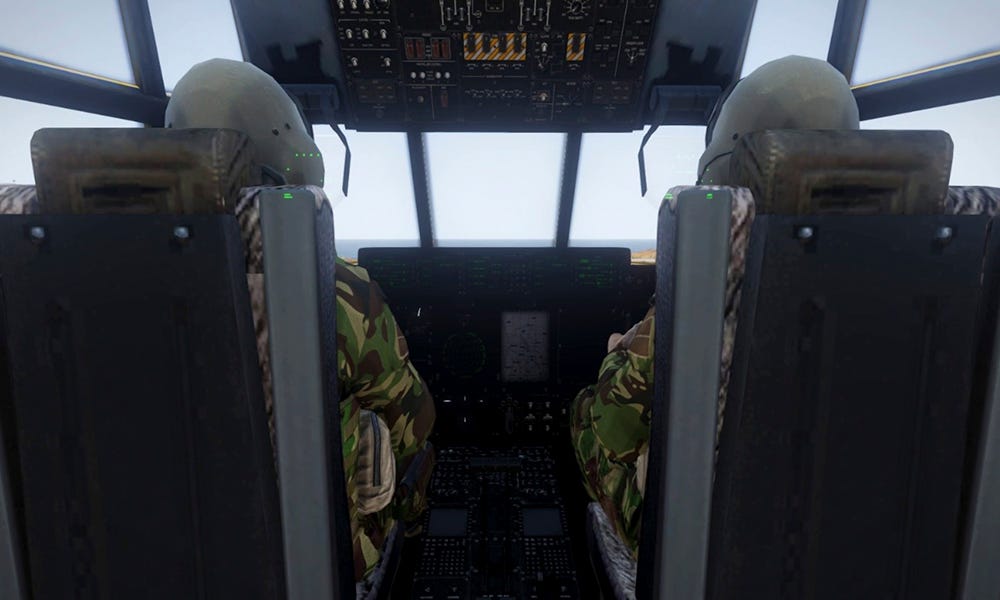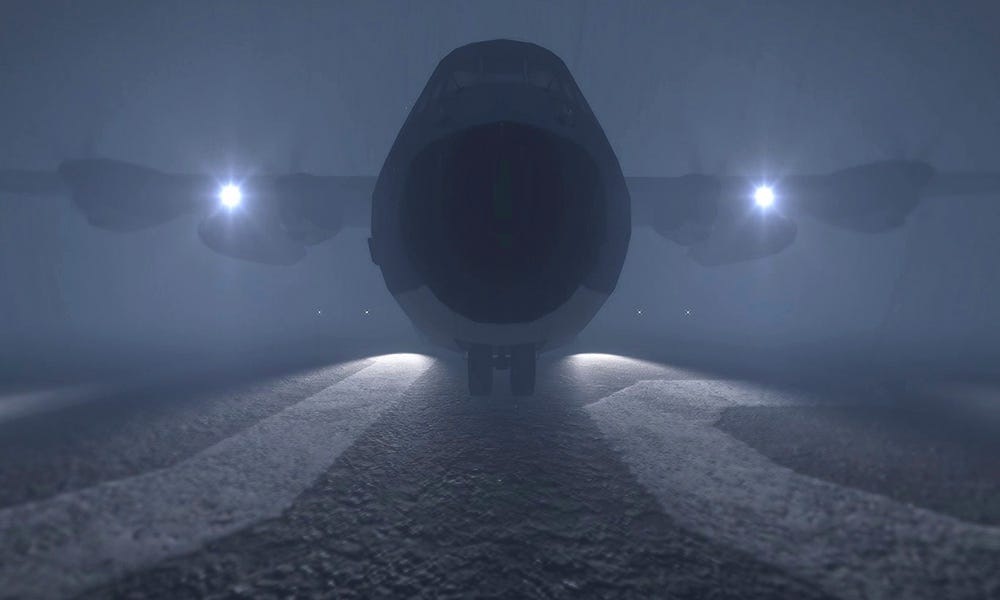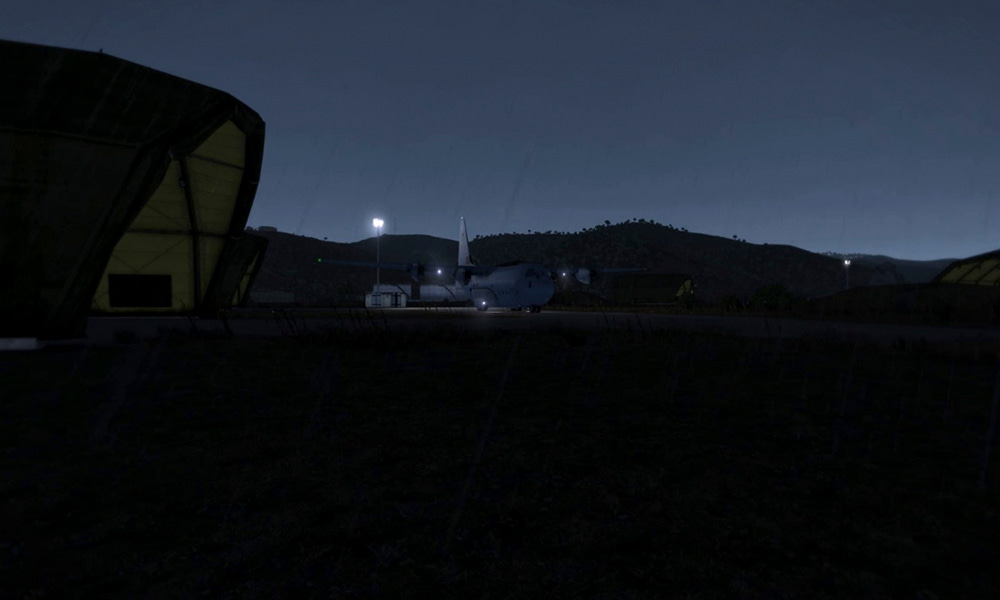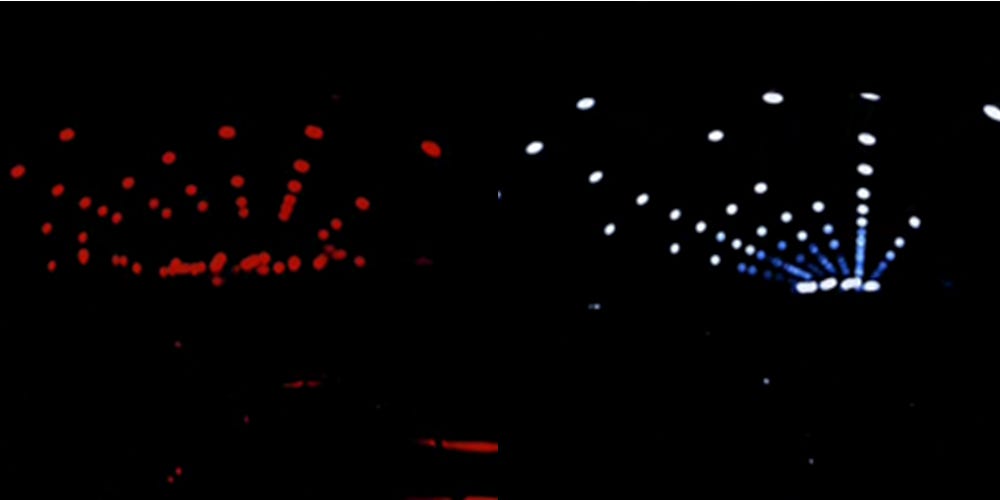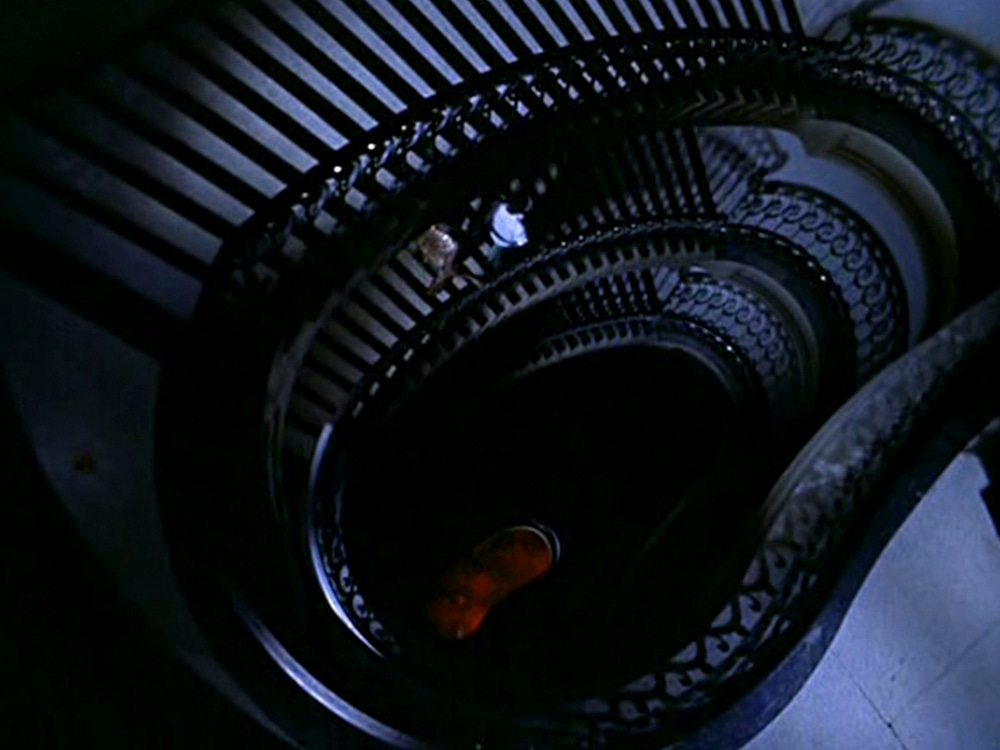Welcome back to A Journey into the Virtual World. In the previous post looked at some more artists whose work inspired the next phase, and begun figuring out how to capture the images and footage I needed for the project. If you missed that one, be sure to take a look back through the [VR]Ography section.
As I continued to gather images and figure out how to properly capture the footage I needed, I continued my research into other artists’ work. Initially I had some doubts about the availability of credible works of which I could reference, with screenshotting being more of a hobby within videogaming. It turns out that the scene was, at least at the time, quite fertile however, and as luck would have it, at the same time as I was engaged with this project, a relevant exhibition was being held in the Brighton Museum Art Gallery. This show was titled Experimental Motion - The Art of Film Innovation, and it was precisely what I was looking for. There I saw a piece by artists David Blandy and Larry Achiampong titled Finding Fanon 2 (2015). Their piece made use of the in-game video editor included within Grand Theft Auto 5, and using this incredibly versatile too, they were able to capture a machinima film which portrayed themes focused on political and social issues within technology. Traditional works have been at the forefront of my influences and references throughout this and previous projects, and it was refreshing to see something prominently exhibited that leaned into the world of videogames so heavily, and it gave me confidence in my work going forward.
Keeping David Cotterrell’s talk in mind, I wanted to lean into military themes. In my previous project - A Phoney War, I found that the aesthetics of military ephemera worked well in the context, and, as war is such a focus of videogames, the assets are of high quality, believably rendered, and easily accessible. As I changed from using Arma 2 to Arma 3, I attempted to create a scene that would fit with the aims of the project. I decided to use the setting of a military airport and a troop transport plane awaiting clearance for lift off. I was hoping this would portray the suspense one might feel prior to heading into a warzone (or hell, if referencing the Orpheus myth), as well as the tedium of war, which Cotterrell speaks of. As I experimented with several different viewpoints and scenes within the engine, I began to work out angles and camera placement, as well as the situation of props and scenic objects within the virtual space, making considerations for the possibility of adding the narrative of the projects concept into the work in a visual way. As I progressed I decided it would be best to avoid having any non-player characters within the scene, as I was hoping to create a movement based piece, and the animations for humanoid characters are prone to glitching, which could pull the viewer out of the moment.
As I worked on this aspect of the project, I continued my contextual research, going back to the original myth with a film recommendation from our tutor. Collectively we looked at the 1959 film Black Orpheus which was directed by Marcei Camus. The film is an adaptation of the Greek legend, however it is a vastly different interpretation to that of Orphée. What struck me about the film was the directorial decision of the use of photography and camera placement within the film, with several scenes in particular standing out. The first of these was a scene in which Death was trying to capture the character of Eurydice in a dimly lit tram station, the second was the changing colours and blurring lights that appeared when an ambulance was in transit, and the third was during a scene in which Orpheus walks down a long winding staircase which was lit red at the bottom.
Colour theory suggests that red represents fire and blood, and is associated with danger, strength, power, determination, as well as passion, desire, and love. It is very emotionally intense, and has the ability to enhance human metabolism, increase respiration rate, and raise blood pressure when exposed to it. It has very high visibility, which is why stop signs, stoplights, and fire equipment utilise the colour, and in heraldry, red is used to indicate courage, while dark red is associated with vigour, willpower, rage, anger, leadership, longing, malice, and wrath. The use of red in all three of these scenes is telling of the intentions of the director and the themes of the story. Red orange is also used, and can represent desire, sexual passion, pleasure, domination, aggression, and thirst for action. Within all three examples within Camus’ interpretations of Orpheus we find these associated emotions. Another example of this use of colour from cinematic history is within the Terminator series of films, when seeing through the point of view of the T-800 assassination robot. The viewpoint is entirely cast in a dark red that gives the viewer an uneasy feeling during these scenes. Colour is clearly incredibly important in conveying complex emotions and feelings, and I wanted to ensure that my own work would be as considered, which is something I would keep in mind going forward.
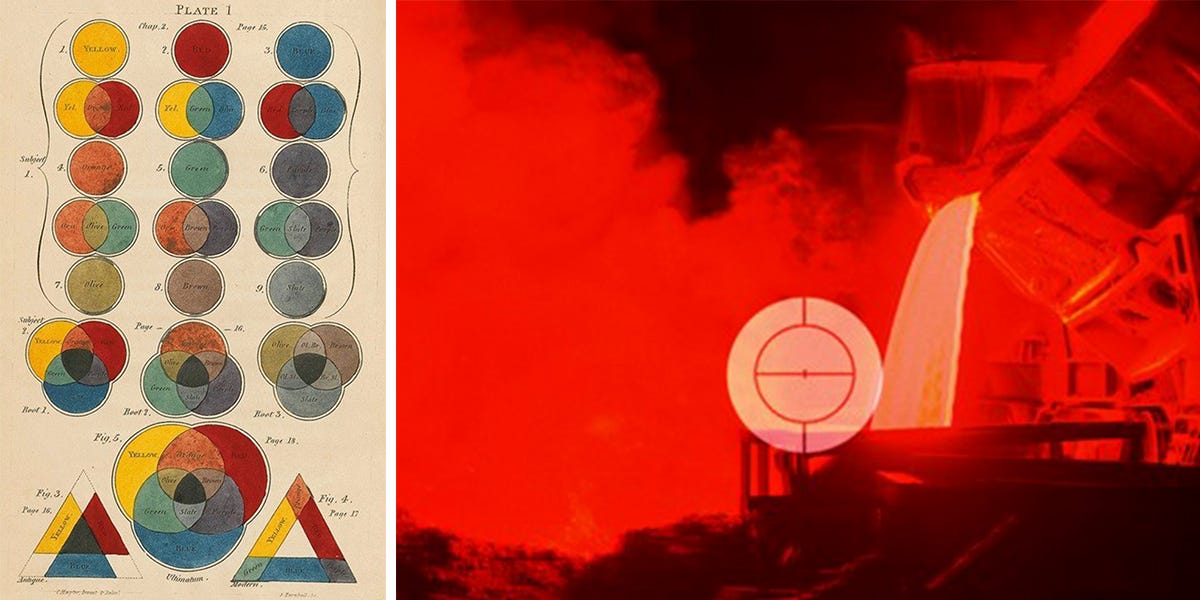
I’ll be looking at more inspiration and widening the scope of the project in the next post, having made some broad decisions on the direction of the piece. If you want to read more on this project, check out the [VR]OGRAPHY section.
As always, thank you for reading. If you’d like to support the blog, you can do so by subscribing and sharing!





